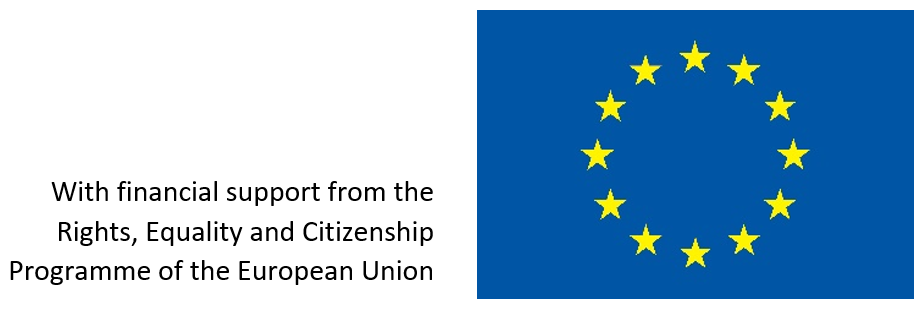“The situation for women in astronomy has changed dramatically in my lifetime,”
(The San Francisco Chronicle, 2005).
Eleanor Margaret Burbidge was born in Davenport, in northwest England in 1919. Also known as “Lady Stardust”, Margaret was a an astronomer who has given a remarkable contribution to our understanding of what happens inside stars and who worked on instruments for the Hubble Space Telescope. According to the New York Times, “she was denied access to a telescope because of her sex, but Dr. Burbidge forged ahead anyway, going on to make pathbreaking discoveries about the cosmos.”
In 1936 Margaret attended the University College of London in 1936 where she studied astronomy, physics and mathematics, graduating with first-class honors in 1939. She stayed on for graduate work earning a Ph.D in 1943. It is very interesting to notice that during the war, she worked as the caretaker of the telescope at the university’s observatory, a job normally done by men. She used the opportunity to carry out her own observational research.
Margaret has earned her reputation by studying stars, often in collaboration with her husband, the astronomer Geoffrey Burbidge. Their research included a landmark article describing the formation within stars of nearly all the chemical elements — those incumbents of the periodic table that are the stuff of life in the universe. Also, she studied the properties of galaxies and the nature of quasars and in later years came to question the Big Bang theory, the cornerstone of modern cosmology. Early in her career, she was denied access to the very instrument an observational astronomer needs most: a telescope.
Burbidge held several leadership posts, including Director of the Royal Greenwich Observatory (1973–75), President of the American Association for the Advancement of Science (1983), being the first woman to serve as president of the American Astronomical Society, a post she held from 1976 to 1978. In 1983 she became president of the American Association for the Advancement of Science.
Margaret´s long career is full of great achievements and a vast list of awards. She received the Helen B. Warner Prize from the American Astronomical Society (1959), the Catherine Wolfe Bruce Gold Medal from the Astronomical Society of the Pacific (1982), Albert Einstein World Award of Science (1988) and finally, amongst others, the Gold Medal of the Royal Astronomical Society (2005). She had an asteroid named after her, Minor Planet 5490 Burbidge.
Burbidge has given a notable contribution to the theory of quasars (quasi-stellar sources), to measurements of the rotation and masses of galaxies, and to the understanding of how chemical elements are formed in the depths of stars through nuclear fusion.
At a time where women had a particularly restrictive involvement in the field of astronomy Eleanor Burbidge pushed the boundaries of her field. Burbidge died on the 5th April 2020 at her home in San Francisco, at the age of 100. Eleanor Burbidge is truly an inspiration!
Written by WAVE intern : Mariana Cunha
Sources :
www.space.com
www.nytimes.com
www.elusives.eu
www.britannica.com






